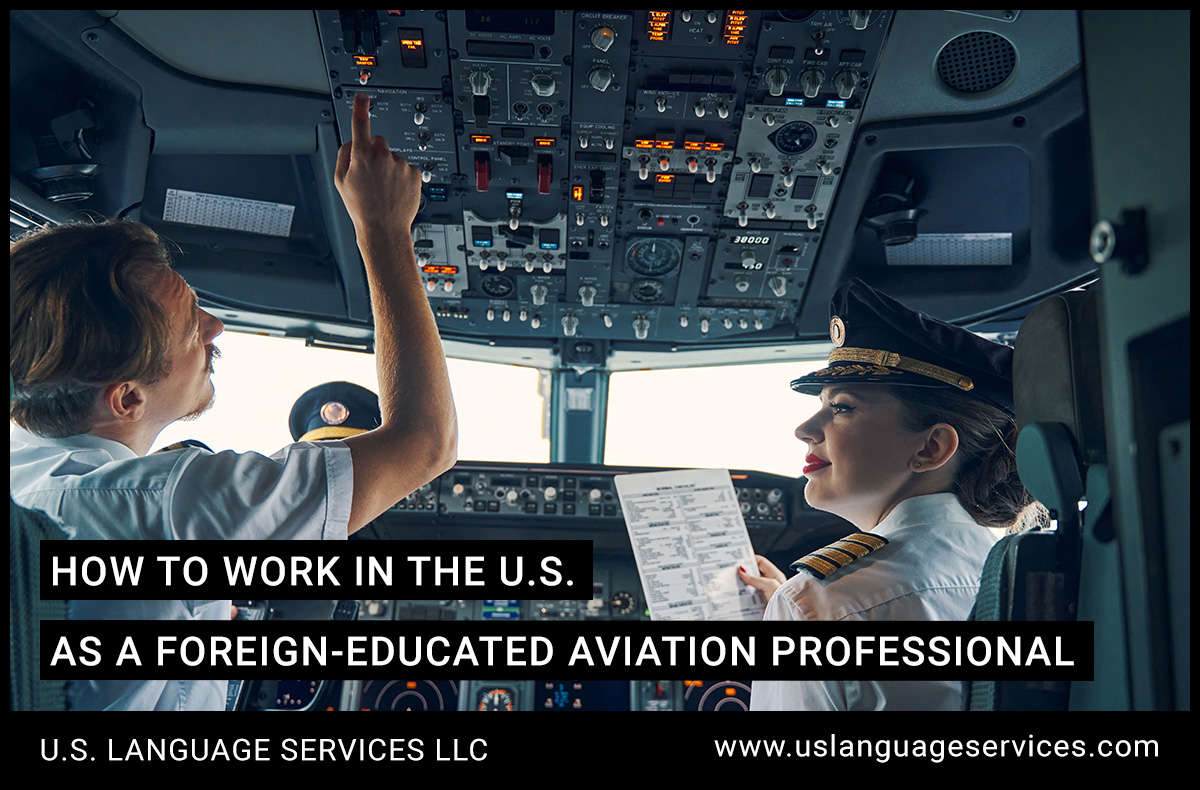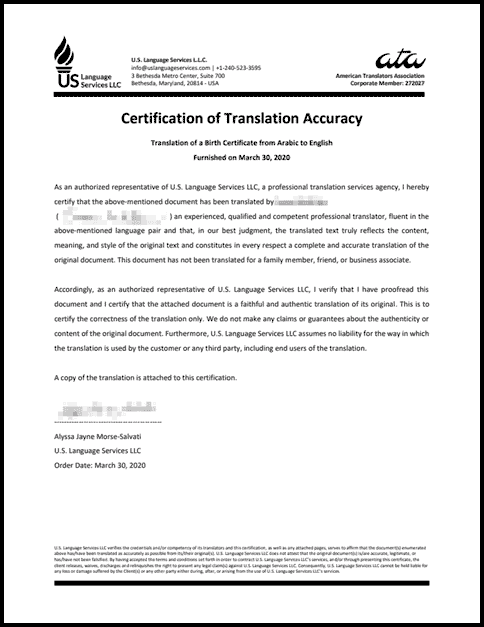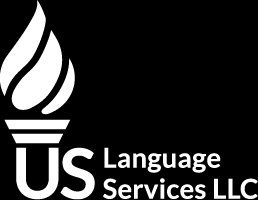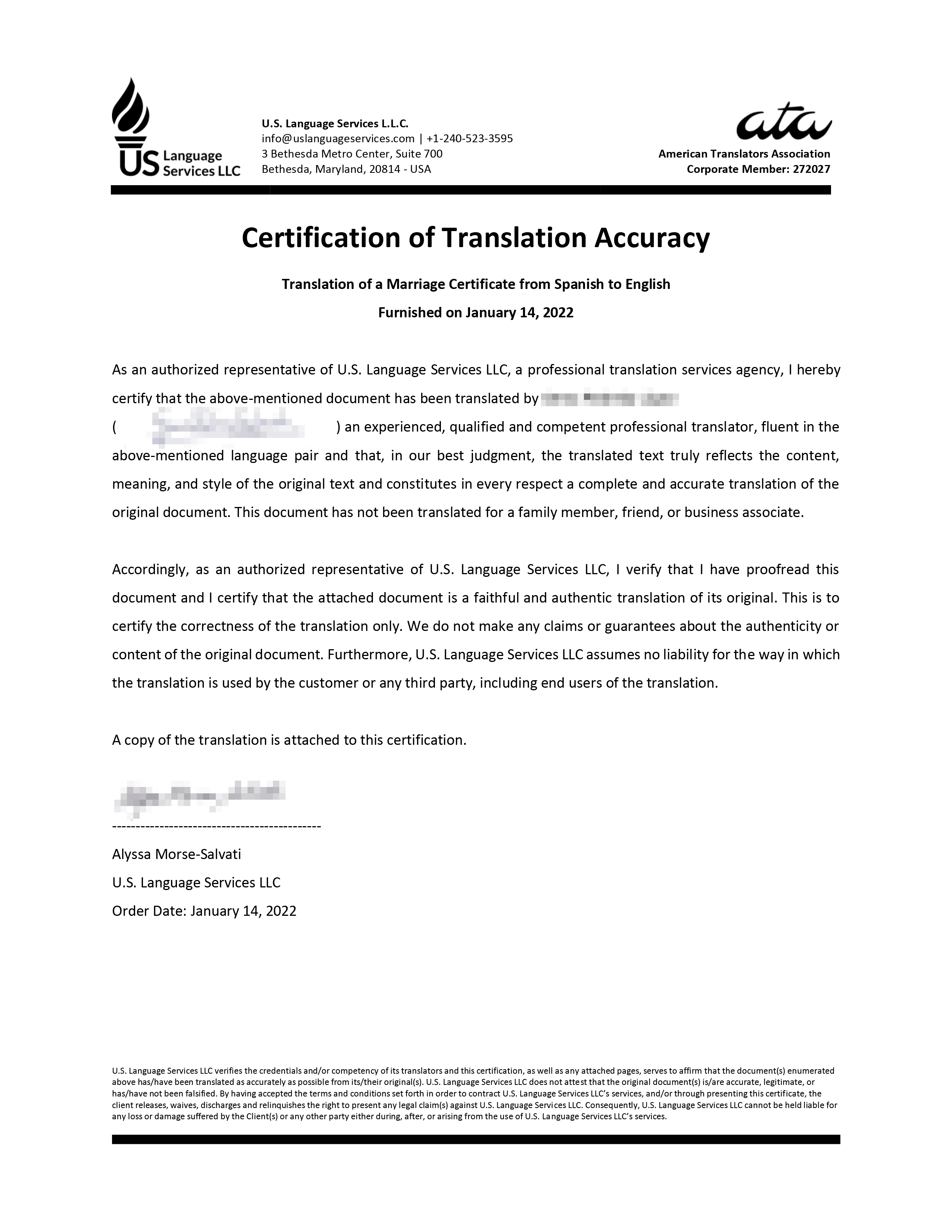How to Work in the U.S. As a Foreign-Educated Aviation Professional
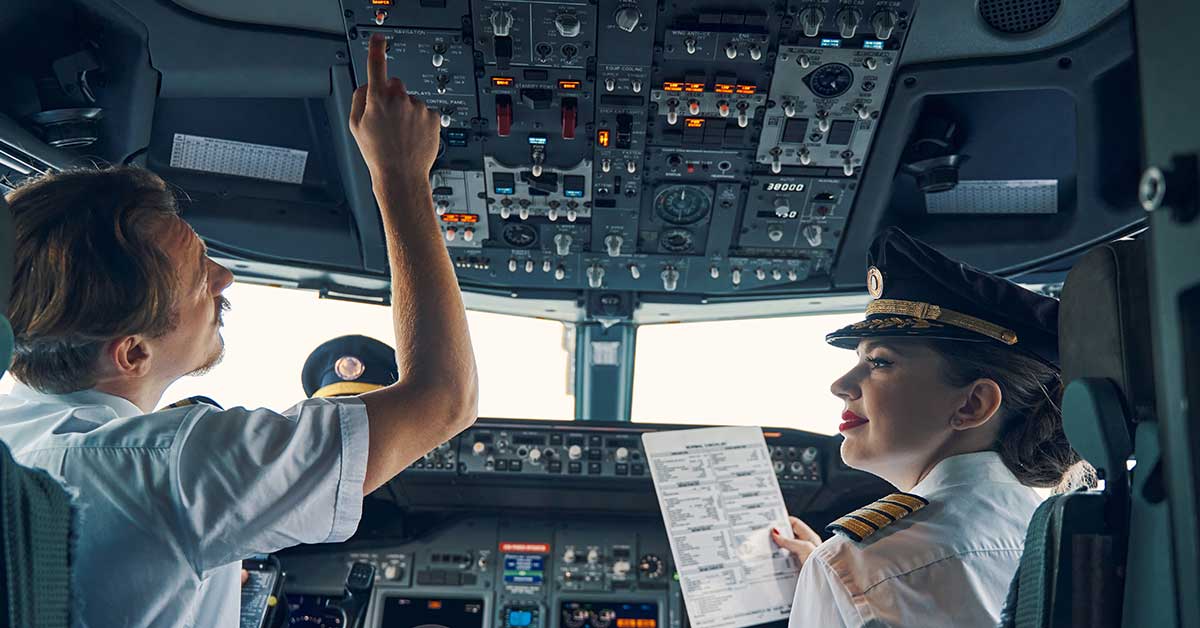
Aviation occupations are highly sought-after, and there are a number of different aviation careers available in the United States such as piloting, airport management, and aeronautical engineering. These jobs are not without their benefits, and according to the U.S. Bureau of Labor Statistics, aviation professionals make between $50,080 and $208,000, with median pay falling around $100,110.
If you are interested in bringing your aviation career to the United States, consult our guide for important information about this process and the answer to questions such as:
- What Is the Process for Working in U.S. Aviation Occupations With a Foreign Education?
- How Much Does It Cost to Work in U.S. Aviation Occupations as a Foreign-Educated Worker?
- How Long Does It Take To Work in U.S. Aviation Occupations as a Foreign-Educated Worker?
- Are There Any Restrictions For Working in U.S. Aviation Occupations as a Foreign-Educated Worker?
- What Are the State-Specific Requirements for Aviation Careers?
- What Are the Immigration Requirements for Foreign-Educated Aviation Occupations Workers?
- Where Can I Get a Certified Translation?
What Is the Process for Working in U.S. Aviation Occupations With a Foreign Education?
U.S. aviation occupations include piloting or co-piloting commercial or private aircraft or working as an air traffic controller, aircraft mechanic, airport manager, airfield operations specialist, or aeronautical engineer.. The steps below are general ones that you might need to follow to pursue a career in aviation in the U.S..
- Obtain your aviation education up to the required U.S. level. This means that you may need a bachelor’s or master’s degree in your field, or you will need to have a certain number of hours of flight training logged, like in the case of becoming a pilot.
- After you have your aviation education and any required working history completed (research the specific aviation career you wish to pursue, such as aeronautical engineering or piloting, for specific education requirements), you will need to obtain a credential evaluation of your education. This converts your foreign aviation education to the U.S. equivalent so employers and government agencies can easily evaluate your eligibility for aviation careers. It’s recommended to use a reputable credential evaluation service that is a member of either the National Association of Credential Evaluation Services (NACES) or the Association of International Credential Evaluators (AICE).


- Consult with the Federal Aviation Administration’s (FAA) guides on aviation careers or becoming a pilot. From there, you can learn what is required of you in terms of licenses, education, and work experience. If you are considering working in the U.S. as a pilot, for example, you will need to make sure you meet the experience requirement of 1,500 flight hours logged in addition to obtaining a medical certification and a pilot’s certification (also commonly referred to as a pilot’s license).
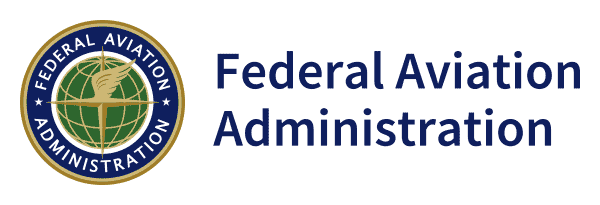
- After you’ve obtained all of the licenses required by your aviation industry employer and the FAA, you will need to secure a U.S.-based work visa. Most pilots and other aviation professionals are able to apply for the H-1B visa for specialty occupations or employment-based E-B1 and E-B2 visas. Consult the United States Citizenship and Immigration Services website or a U.S. immigration lawyer if you have further questions on the type of visa required of you to legally work as an aviation professional in the United States.
If you have a specific aviation career in mind, be sure to research what the U.S. regulations and requirements are to perform the job. You will need to meet all U.S. eligibility and employment requirements and prove your foreign aviation education is equivalent to U.S. education before qualifying for a U.S. work visa and a job with a U.S.-based aviation employer. You may also want to consider completing an English-language proficiency test such as the Test of English as a Foreign Language (TOEFL) or the International English Language Testing System (IELTS). Ensuring you are proficient in English can be a helpful step and you may be required to show your test results as you apply for certain aviation occupations.
How Much Does It Cost to Work in U.S. Aviation Occupations as a Foreign-Educated Worker?
The specific cost of working in the United States in the aviation industry varies based on the career you are pursuing. However, this process is not inexpensive. If you wish to become a pilot in the U.S., you will need to ensure you have completed specific pilot training programs; in-flight experience and flight training can cost tens of thousands of dollars. Most aviation professionals will have to obtain licenses and certifications from the FAA, something that can range from a few hundred to a few thousand dollars. Visa applications cost anywhere between $460 and $1,045, not including any required background checks or biometrics services. Consultation with an immigration lawyer will also increase the cost of obtaining your U.S. work visa. You should also keep in mind that credential evaluations and certified translations of your original documents may be several hundred dollars depending on the documents you need to have translated. Overall, becoming an aviation professional as a foreign-educated individual will cost several thousand dollars or maybe more, depending on if pilot flight training is required.
Certification of Translation Accuracy Sample
Order Your Certified Translation
How Long Does It Take To Work in U.S. Aviation Occupations as a Foreign-Educated Worker?
Launching a career in the U.S. aviation industry as a foreign-educated worker generally takes several years, not including the education required to meet basic eligibility requirements for jobs in the aviation industry. Pilot in-flight training typically takes a year or two to complete based on how many flight hours are needed, and studying for FAA licensing tests, passing background checks, and obtaining U.S. work visas can take between 1 and 2 years. On average, the process of becoming an aviation professional in the U.S. can take 2 to 3 years, although this varies based on the specific aviation profession you are pursuing.
Are There Any Restrictions for Working in U.S. Aviation Occupations as a Foreign-Educated Worker?
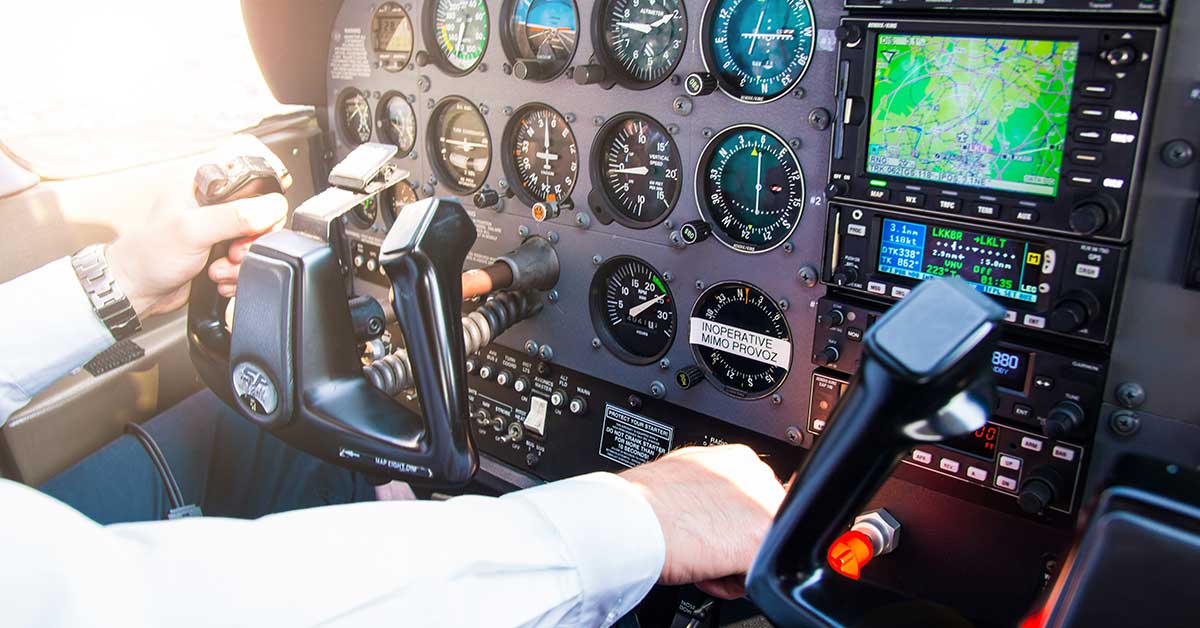
Once you have met all the basic requirements for your aviation profession and have obtained a visa to legally work in the U.S., you won’t have any restrictions to working in the U.S. aviation industry as a foreign-educated professional. However, you will need to make sure you adhere to any restrictions set forth by your U.S. employer or the Federal Aviation Administration.
What Are the State-Specific Requirements for Aviation Careers?
In the United States, aviation careers are regulated by the federal government. The Federal Aviation Administration oversees aviation careers and typically administers a test or licensing program that individuals are required to complete before they are able to work in the aviation industry. Because of this, there are no state-specific requirements that you need to meet as you look into immigrating to the U.S. for your aviation career, only federal and employer-based requirements.
What Are the Immigration Requirements for Foreign-Educated Aviation Occupations Workers?
Foreign-educated aviation workers have a few visa types that they can apply for, depending on the type of aviation career sought. According to FAA regulations, every individual wishing to work for the U.S. aviation industry must be a U.S. citizen, with exceptions for certain types of visa holders and those in specialty situations. In general, the H-1B visa for specialty occupations or the employment-based E-B1 and E-B2 visas may be applicable to those seeking a U.S. aviation career. However, visa qualifications do change based on individual situations and general availability, so it’s important that you consult with a U.S. immigration lawyer as needed to understand which visa type is the best choice for you. If you haven’t completed your aviation training yet and wish to obtain this education in the United States, you will need to obtain pilot or flight training visas as applicable.
Where Can I Get a Certified Translation?
Certified translations are an essential part of the process when it comes to obtaining a job working in the U.S. aviation industry. You will need any foreign aviation education to undergo a credential evaluation, and a certified translation of your documents is required for this. Other employers or U.S. agencies that oversee the hiring process of foreign-educated aviation professionals will also likely need certified translations of your documents to verify your identity and qualifications. You can obtain a certified translation of your important documents through our online store. We translate documents such as:
- Diplomas
- Academic transcripts
- Business licenses and certifications
- Resumes and employment records
- Birth certificates
Guaranteed Acceptance
All our certified to English translations are accepted by the USCIS. Our translations follow the guidelines established by the USCIS and are also accepted by educational institutions.
Most Requested Documents
FAQs
You can order most translations 24 hours a day, 7 days a week through our online store. For large projects (more than 20,000 words or 50 pages), please request a quote.

